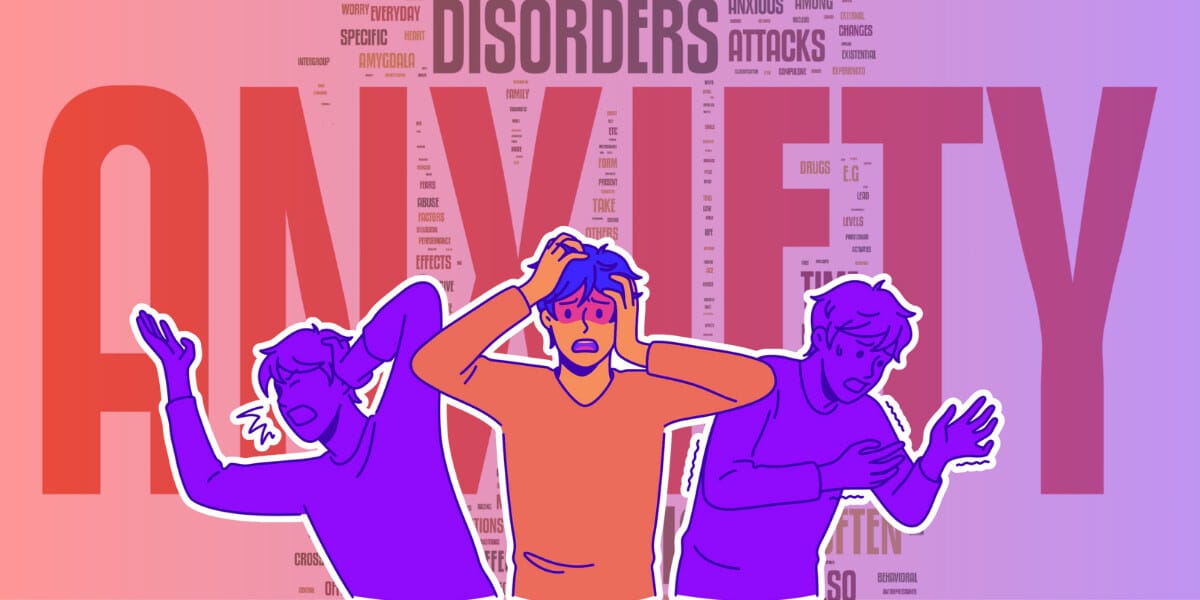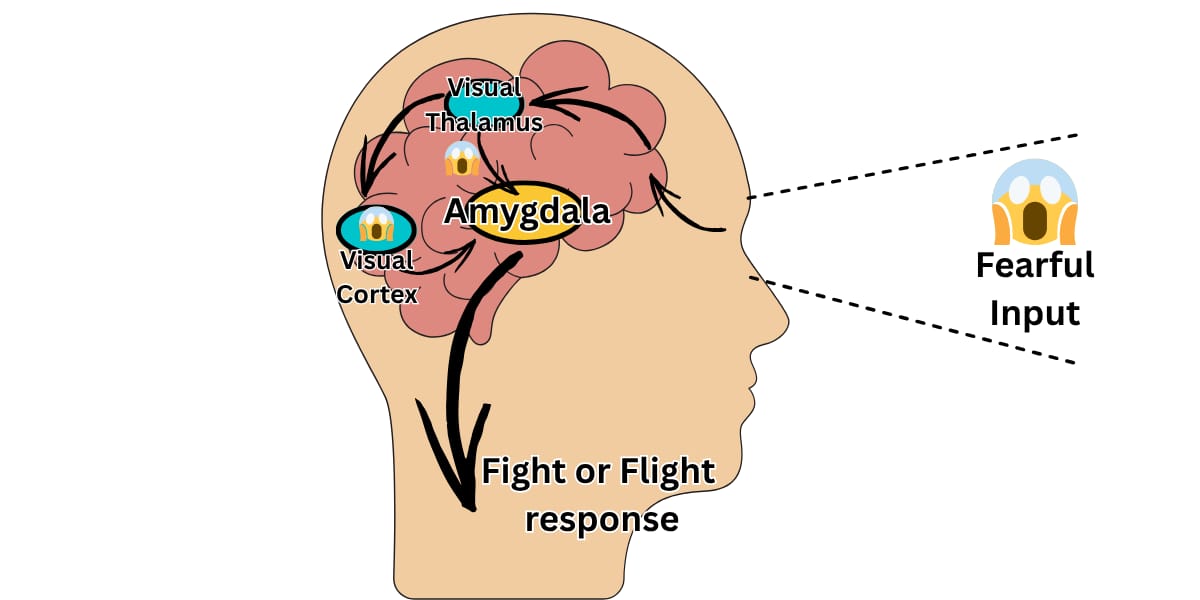
When I first started researching anxiety and panic attacks three years ago, I, like many others, was primarily interested in finding ways to eliminate them. Most resources seemed to offer solutions on how to get rid of anxiety or stop panic attacks. However, over time, my perspective has shifted dramatically. What if anxiety and panic attacks are not the enemy? What if they are actually part of the answer?
How Can I Stop Panic Attacks?
The very first thing I googled when I experienced anxiety was, “How can I stop panic attacks?” I can still remember waking up in the middle of the night during a particularly intense panic attack. I eventually fell back asleep but woke up next to my wife, crying and asking, “When is this finally going to be over?”
At that time, I believed panic attacks were something external—something causing me distress that I needed to eliminate. I tried literally everything I could think of: breath work, tapping, cold exposure—you name it. While these techniques helped me manage or cope with panic attacks, none of them prevented the attacks from occurring in the first place.
In fact, with every coping mechanism I used during a panic attack, my body began to associate these actions with danger. For example, when I started breath work (box breathing), my body interpreted it as a signal that I was in trouble, which ironically made the panic worse over time. It took me a while to understand why this was happening.
Why You Might Not Want Panic Attacks to Go Away
To understand why panic attacks aren’t necessarily the enemy, it helps to know what’s happening in the body during one. A panic attack is essentially a misfiring of our body’s natural defense mechanism. The amygdala—the part of the brain that processes fear—triggers the “fight or flight” response, flooding your body with adrenaline. This causes your muscles to tighten and your heart to race, preparing you to either run away or fight.

This response would be incredibly useful if we would be facing a real threat, like being chased by a lion. But during a panic attack, the amygdala mistakenly perceives danger due to high stress levels, even though we are actually safe.
Knowing this, it becomes clear that getting rid of this defense mechanism entirely would probably be a bad idea. Panic attacks themselves are not the problem—they are a natural, protective feature of your brain and body.
So, if panic attacks aren’t the problem, how can we prevent them from misfiring when there’s no real danger?
The Shift: Learning to Do Nothing During a Panic Attack
This question led me to a powerful insight from a video I found: “Anxiety Symptoms Are Uncomfortable but Not Dangerous”.
Hearing a doctor calmly explain that anxiety symptoms are unpleasant but not harmful triggered a major shift in how I approached my anxiety and panic attacks.
The best thing I could do during a panic attack is actually nothing. Yes, literally nothing. Don’t try to stop it or fight it—just let it happen. When you do this, the panic attack will naturally subside.
Remember how my body associated my breath work with danger? The reverse is true as well. By doing nothing and allowing the panic attack to run its course, I signaled to my body that I was safe and there was no real threat. Over time, this helped reduce the frequency and intensity of my panic attacks. Interestingly, every time I felt a panic attack arising, I would tell myself, 'If I need to have a panic attack, I will have it — I am OK with that', and a good part of them ended up never happening.
Anxiety and Panic: A Feature, Not a Bug
Now that we understand panic attacks are a natural defense mechanism, it’s important to recognize their value. Anxiety and panic responses are designed to protect us, but ideally, they should only activate when there is a real threat.
Here are some inspiring examples of how panic attacks and acute stress responses can unlock extraordinary physical and mental capabilities in emergencies:
Lifting a Car to Save a Child (Adrenaline Surge): In 1982, Angela Cavallo, a mother in Georgia, USA, lifted a 1964 Chevy Impala off her son Tony, who was trapped underneath after it fell during a repair. The panic-driven adrenaline rush gave her the strength to hold the car long enough for neighbors to help free him.
Escaping a Burning Building: In 2016, a woman in California experienced a panic-like state during a house fire. The adrenaline surge allowed her to smash through a window and carry her toddler to safety, despite severe burns. The heightened alertness and physical boost from the panic response enabled her to overcome obstacles that might have otherwise been insurmountable.
Lifting a Tractor to Save a Friend: In 2011, 16-year-old Hannah Smith lifted a 3,000-pound tractor enough to free her friend who was pinned underneath, thanks to a panic-driven adrenaline rush.
Climbing a Cliff to Escape Danger: In 2015, a hiker in Utah, USA, slipped and fell into a narrow canyon, trapped with a broken leg. When a flash flood began filling the canyon, her panic-induced adrenaline surge enabled her to climb a sheer 20-foot cliff face to safety, despite her injury. This extraordinary feat was driven by the body’s acute stress response, which might not have occurred without panic.
Rescuing Someone from Drowning: In 2019, a father in Australia dove into rough ocean waters to save his drowning son after witnessing him being swept away. The panic-induced adrenaline gave him the stamina to swim against strong currents and pull his son to shore. Without this physiological boost, he might not have had the endurance to succeed.
Final Thoughts: Embracing Anxiety as Part of Our Human Experience
My current perspective is that anxiety and panic attacks are features, not bugs, and luckily, our perception of things is entirely within our control.
They are part of our body's natural way of protecting us. The key lies in how we perceive and respond to them. By shifting our mindset and accepting these responses rather than fighting them, we can regain control and reduce their impact on our lives.
Remember that anxiety is uncomfortable but not dangerous, and understanding this can be the first step towards healing.